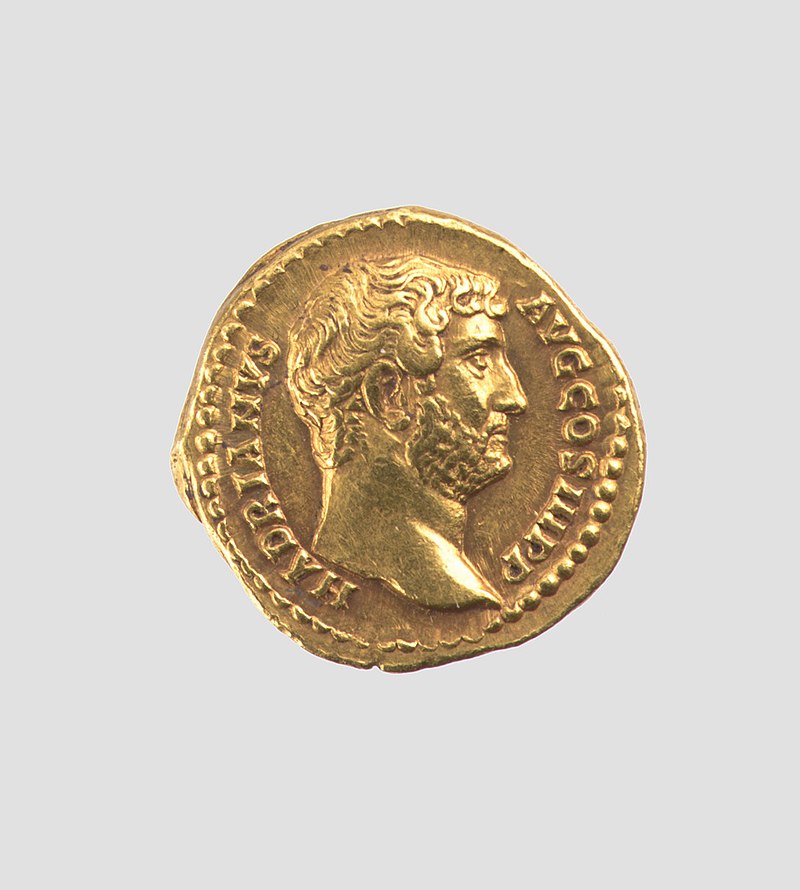When it comes to selling gold and silver coins, the condition of your coins can make a big difference—not just in terms of metal value, but in their numismatic worth. Many people assume that the value of a gold or silver coin is tied solely to its precious metal content. While that’s partly true, collectors often pay a premium for coins in exceptional condition. If your coins are scratched, bent, corroded, or cleaned incorrectly, you may lose out on that extra value.
At GoldCompany, we assess not only the purity and weight of your coins, but also their condition grade to help you get the best possible price.
Understanding Coin Grading
Coin grading is a standardised process used to evaluate the preservation, appearance, and overall quality of a coin. The most widely accepted system, the Sheldon Scale, ranges from Poor (P-1) to Mint State (MS-70). Coins that fall into the higher end of the scale, such as AU (About Uncirculated) or MS (Mint State), can command significant premiums from collectors.
Key factors that affect grading include:
- Surface preservation (presence of scratches, wear, or marks)
- Lustre (how light reflects off the surface)
- Strike quality (how sharply the design details are struck)
- Eye appeal (overall attractiveness)
The Difference Between Bullion and Numismatic Value
Most gold and silver coins have intrinsic metal value, based on weight and current market prices. However, numismatic coins—such as rare sovereigns, commemorative issues, or historical coins—can carry collector premiums well above their gold or silver content.
For example, a gold sovereign with a high-grade Mint State rating could be worth hundreds of pounds more than a scratched or worn version of the same year. Similarly, a silver coin in pristine condition might be sold to a collector at a premium, whereas a corroded one would only fetch melt value.
Damaged Coins: What Reduces Value?
If a coin is bent, holed, cleaned with abrasives, corroded, or otherwise altered, it is often considered “damaged” in the numismatic world. Damage can significantly reduce or eliminate the collectible premium, regardless of rarity. Common types of damage include:
- Improper cleaning – Can leave fine scratches and ruin the natural surface.
- Environmental damage – Such as tarnishing, corrosion, or pitting.
- Edge nicks and dents – Often from careless handling or storage.
- Mount marks or solder – From being used in jewellery or crafts.
In many cases, a damaged coin will only be valued based on its gold or silver content—meaning you could lose out on potentially higher offers from collectors.
Tips for Preserving Coin Value
To maintain the full potential of your coins:
- Handle coins carefully, preferably with gloves.
- Store them in protective cases or original mint packaging.
- Avoid cleaning them unless done professionally.
- Keep them in a dry, stable environment away from humidity and extreme temperatures.
Get a Free Valuation at GoldCompany
If you’re thinking about selling your gold or silver coins, bring them in to GoldCompany for a free expert evaluation. Our team will assess not only the metal content, but also the condition grade and any numismatic value your coins may hold. Whether your coins are well-preserved or a little worse for wear, we’ll always give you an honest and transparent offer.
Remember: Condition counts. Don’t miss out on extra value due to avoidable damage. Let GoldCompany help you make the most of your precious coins.


Comments are closed